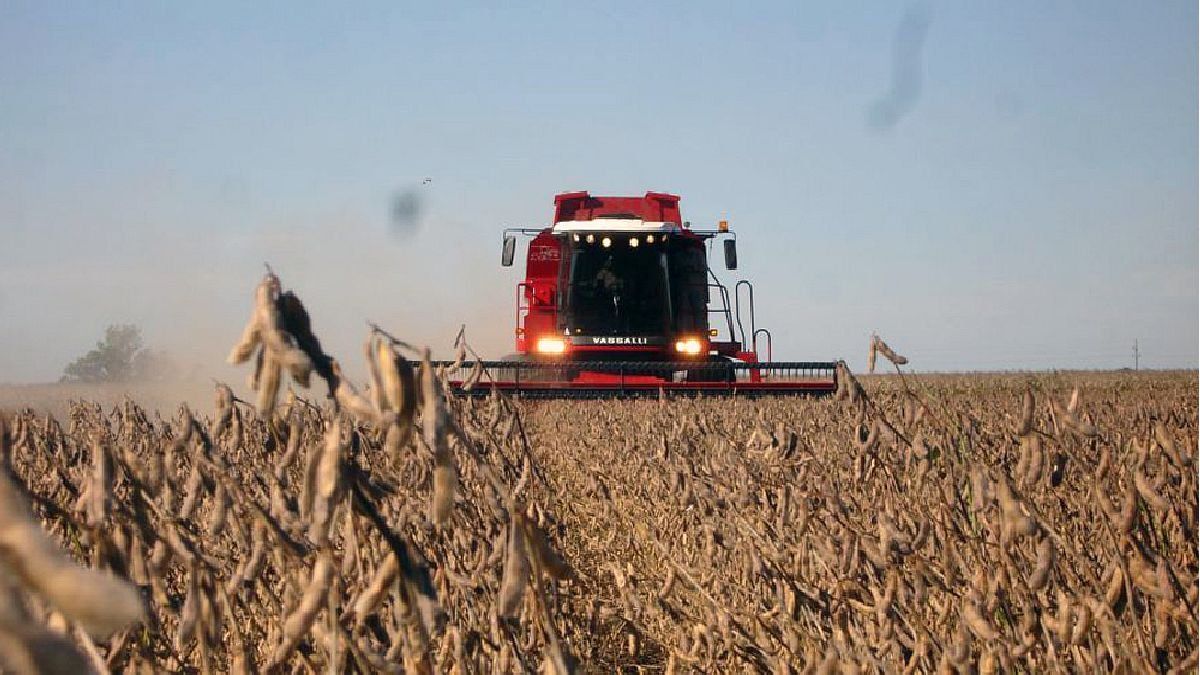An FAO study foresees intense rainfall in our country and analyzed how it can affect production after the dry period.
The impact of the drought in the agricultural production and in the income of foreign currency constitutes one of the factors that most determined the annual economic direction of the Argentinawhich even considers it as one of the fundamental aspects to rediscuss the agreement with the IMF. In that framework, the Food and Agriculture Organization of the United Nations (FAO) warned the arrival of excessive rains this same year.
The content you want to access is exclusive to subscribers.
The precipitations would occur within the framework of the El Niño phenomenonwhich impacts on South America more intensely than other regions. Studies indicate that the rainy season would occur between next June, reaching a peak at the end of 2023until the first semester of 2024. The agency pointed out that no storms of the characteristics of the El Niño phenomenon had been registered since 2020, and that there is a 73% chance that the meteorological situation is specified.


In this way, countries like Uruguay and ParaguayNext to the Argentinaare among the countries that would record excessive rainswhile Brazil, the world’s leading soybean producer, is at risk of facing drought conditions. The situation occurs within the framework of dry weather estimates for the main growing areas of Central Americathe south of Africa and the east asian.
“In Argentina, this phenomenon could alleviate the effect of drought on agriculture that caused three consecutive years of the event contrary to El Niño, La Niña”, analyzed Oscar Rojas, Natural Resources Officer of the FAOwho predicted “a normalization of rainfall in the agricultural regions of Argentina could mean a normal production in cereals.”
The specialist pointed out that the central region of the country would bear the risk of excesses and that “the impact will depend on the intensity of the rains and the phenological state of the wheat crop at the time the storm occurs.” excess water”. Interviewed in La Nación, he recalled that “early action strengthens survivability of populations at risk: a key priority in FAO’s strategic objective of increasing the resilience of livelihoods to threats and crises”.
“Excess impacts are more difficult to estimate than impacts caused by water deficitso it is not possible at this time to accurately estimate whether the wheat crop can benefit or harm”, he concluded.
Source: Ambito




